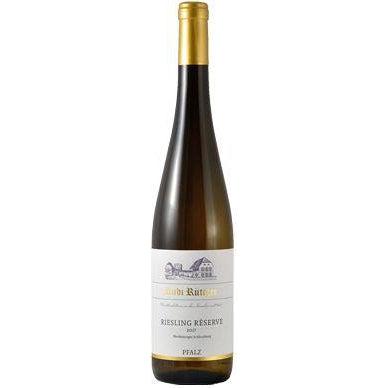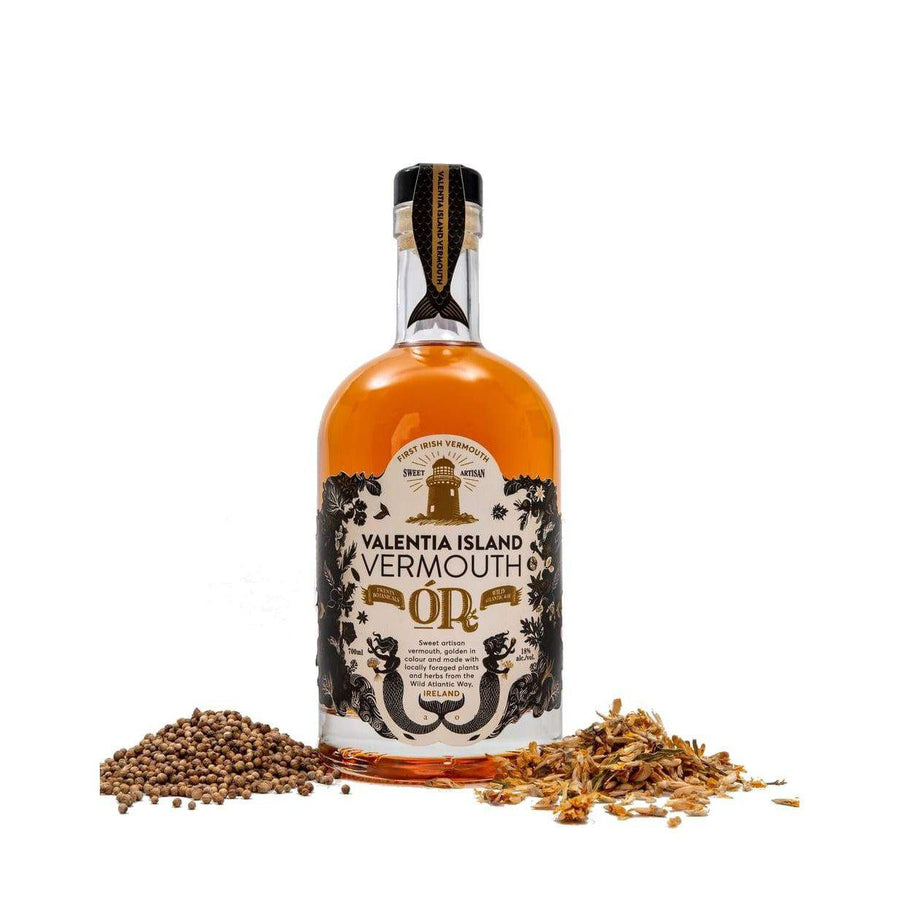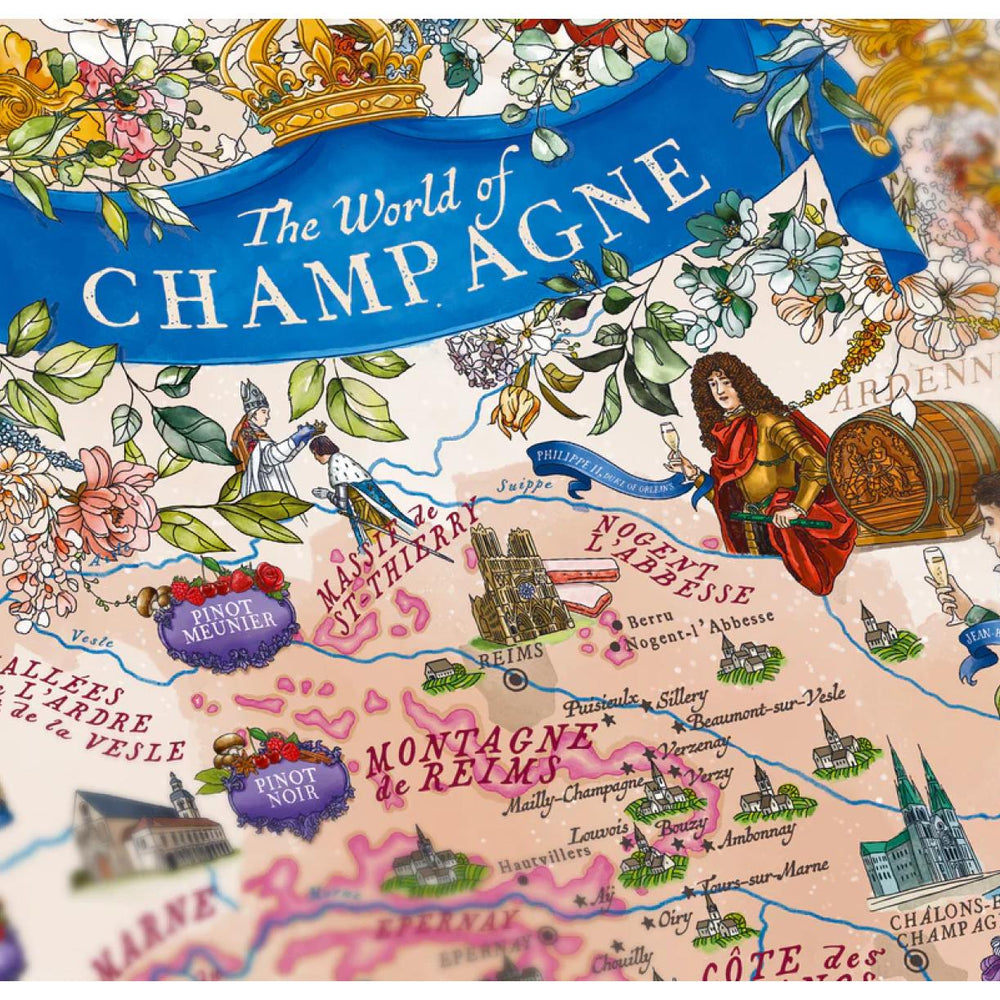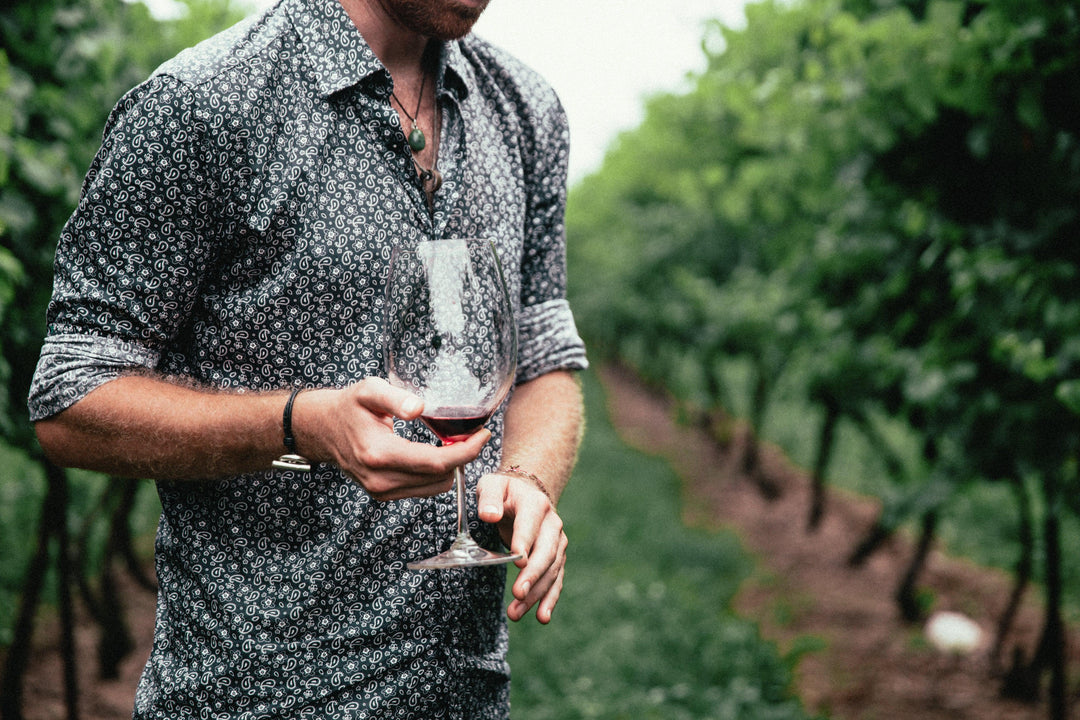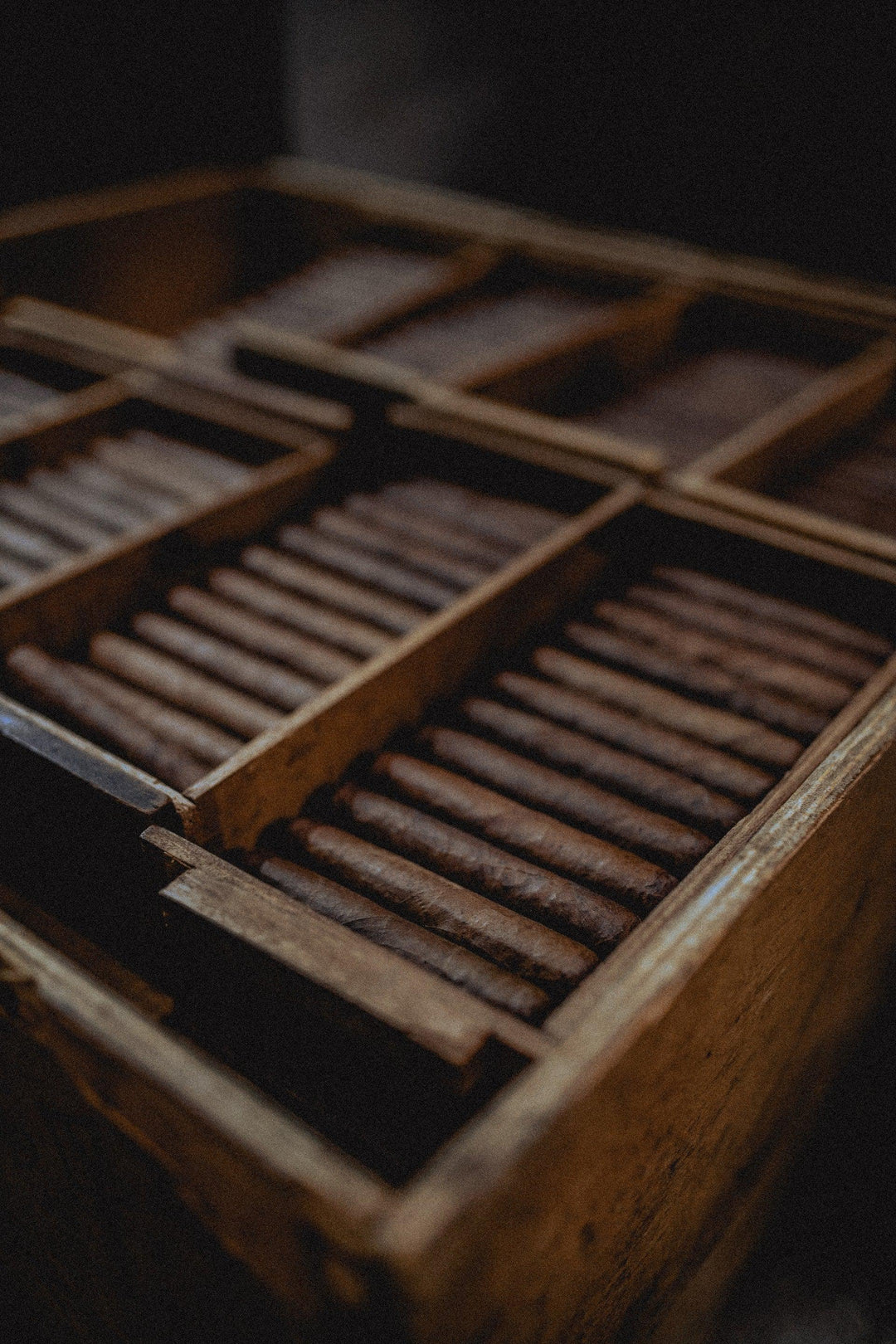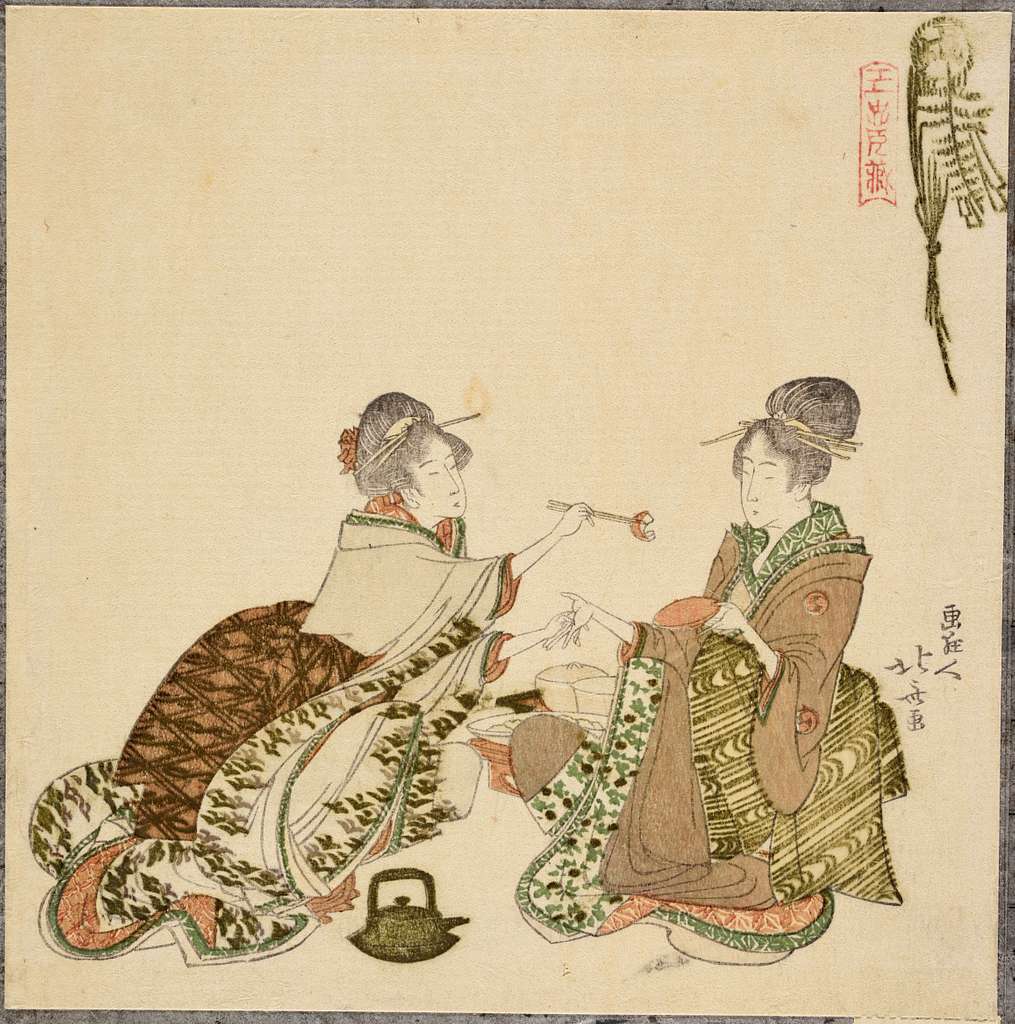
From time to time we keep a selection of premium sake. These subtle drinks make an excellent accompaniment, depending on the style, to a variety of foods from sushi to barbecues.
Junmai sakes are generally full-flavoured, and made from rice where 30% or more of the outer layer has been polished away.
Honjozo sakes are also made from rice where 30% or more of the outer layer has been polished away, but they are fortified with a little distilled alcohol to enhance aroma and flavour.
In daiginjo sake, less than half of the original rice grain remains after polishing; in ginjo sakes, between fifty and sixty per cent of the original grain is left. The polishing process removes proteins and fats stored in the outer layers of the rice, and yields a lighter, cleaner beverage.
The majority of sake is pasteurized twice to limit the influence of bacteria and enzymes on the character of the drink, but where you see the terms nama, namachozo and namazume, these refer to lesser degrees of pasteurization used in the preparation of the sake. Nama sake is unpasteurized; namachozo sakes are pasteurized once, when the sake is bottled; and namazume sakes are pasteurized once during storage.



